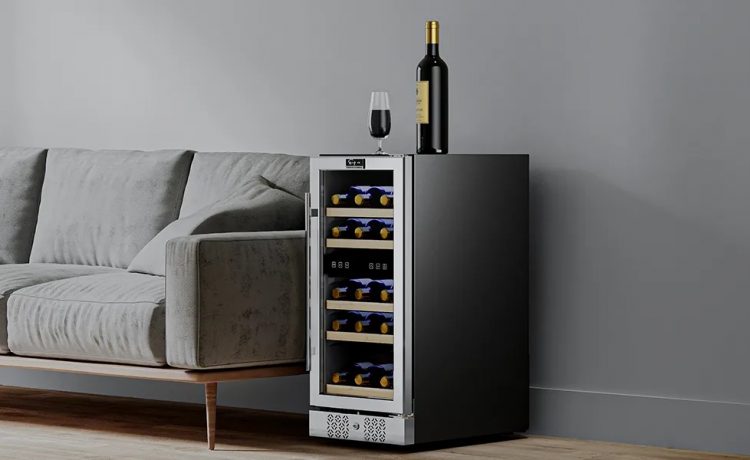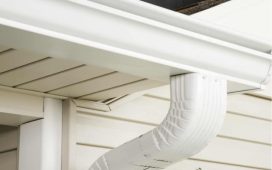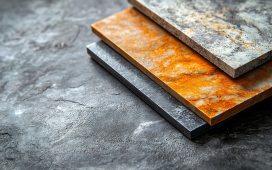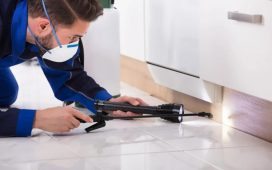Proper wine storage is essential for getting the most enjoyment out of your bottles, regardless of how long or how often you’ve been drinking wine. The addition of a wine refrigerator to your home, whether it’s a built-in wine cooler for your kitchen or a freestanding wine freezer for a dedicated wine cellar, will boost your capacity to preserve wine and protect your investment.
If you’re just getting started with wine coolers, making a purchase might seem like a daunting challenge. To get the best wine cooler for your needs, you must think about not just the size and design, but also the temperature range, the insulation, and everything else that is important.
If you follow our advice, picking the best fridge and wine cooler on the market right now will be a breeze. Buying a wine cooler may be a complicated process, but this article will help you navigate the market and make an informed decision. Choosing the wine fridge black Friday is important.
What Features Separate Wine Refrigerators from the Rest of the Refrigerator Market?
You may not need to spend the money on a special wine cooler if you have a good cellar. However, regular refrigerators may harm your wine collection over time. However, investing in a wine cooler refrigerator is an excellent way to preserve and mature your wine collection.
Wine has to be kept at stable temperatures so that it may age and develop its flavour profile appropriately. Maintaining an appropriate relative humidity level is essential for preserving the wine’s quality. These are not situations that would normally arise in a fridge. A wine refrigerator will often have two temperature zones, one for keeping red wines and another for holding white wines. Temperatures in wine coolers are kept between 0 and 65 degrees Fahrenheit, allowing for the safe and secure storage of wine.
Humidity
Humidity is also critical, therefore most wine refrigerators include a humidity control that keeps the air between 50 and 70 percent. Keeping the humidity level in a wine cooler at just the right amount protects the cork and the labels from drying out and becoming damaged. Instead than using dry air as regular refrigerators do, wine refrigerators keep the humidity in the air between 50 and 80 percent.
Vibration
Due to the fragility of wine, wine coolers often have vibration dampening technology. Possible sources of vibration include opening and closing the door, starting and stopping the compressor, and relocating bottles. Thermoelectric cooling systems and other specialised anti-vibration technologies are used in wine coolers to eliminate vibration.
For what period of time has this been stored, and how long will it continue to be kept?
The quantity of wine you want to keep will be a major factor in determining the size of the wine refrigerator you’ll need. Any modest wine fridge will do if you just need to store a few bottles. Yet, if you’re like the vast majority of wine enthusiasts and have a sizable collection, you’ll want something more substantial and capacious.
Analyzing the Relationship between Bottle Volume and Local Climate
Wine coolers often have two temperature settings, one for whites and one for reds. In contrast, there are some variants that have three or even four independently controlled temperature zones. If you often keep a large range of wine types, a wine cooler that is separated into many zones is the ideal choice to consider. One temperature zone may be sufficient if you just want to store a small number of wine bottles.



















